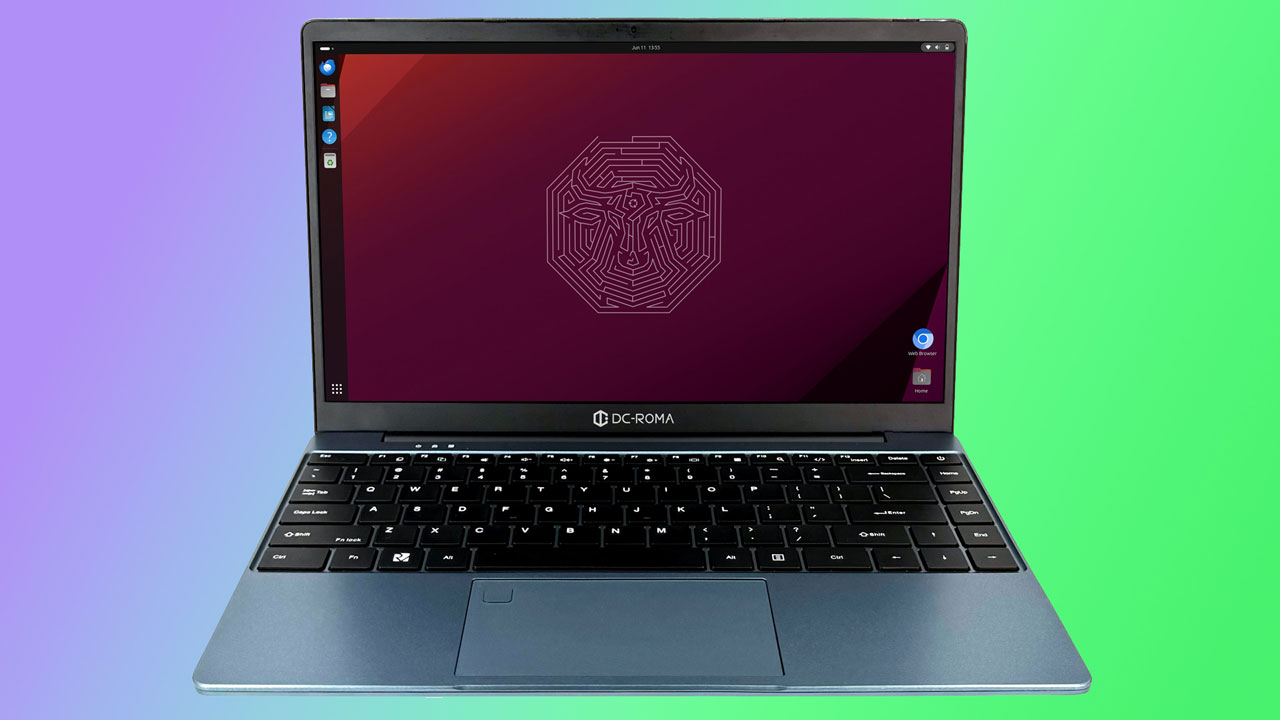
DeepComputing, the maker of the DC-ROMA RISC-V Laptop, just released an upgrade of its groundbreaking RISC-V-based computer. Dubbed the DC-ROMA RISC-V Laptop II, this revamped PC gets a SpacemiT SoC K1, which features 8 cores that run up to 2.0 GHz. This is a massive improvement over the previous version of the laptop, which only had a quad-core CPU limited to 1.5 GHz. The DC-ROMA RISC-V Laptop II also benefits from an AI Fusion Computing Engine and can be specced out to have 16GB of RAM.
The SpacemiT K1 chip is the same one found in the MuseBook, which the company launched recently and is focused on developers and engineers. While the MuseBook is a budget computer priced at just $300, the DC-ROMA RISC-V Laptop has a regular price of HK$7,820 or approximately $1,000, although it’s currently on sale at HK$5,865 or around $750.
Another big development with the Laptop II is its use of Canonical Ubuntu as its operating system. The previous version only supported openKylin and Debian, meaning you had to install an OS after purchase. On the other hand, the new laptop comes with Ubuntu right out of the box, making it easier for users to get up and running with the device.
RISC-V is an open-standard instruction set architecture developed at the University of California, Berkley, and uses the same reduced instruction set computer (RISC) architecture that Arm bases its designs on. The latter went on to dominate the consumer market, with most smartphones using Arm-based chips. Even Microsoft’s new Copilot+ PCs, which are powered by Qualcomm’s Snapdragon X SoCs, use Arm designs.
But even though RISC-V did not gain mass adoption in the consumer space, it still has a solid presence in data servers, high-performance computing, AI and machine learning, and even automotive systems. RISC-V is actually forecasted to grow quickly until 2030, especially as the demand for AI is growing exponentially.
RISC-V is an open-source architecture, so it’s much cheaper for companies to use their designs instead of licensing one from Arm, for example. Google is even reportedly set to use RISC-V as the base of its new custom AI silicon for its AI servers. Demand for this architecture is also driven by China, especially as it’s grappling with bans and sanctions from the US.
These sanctions have forced Chinese tech companies to look elsewhere for technologies, and RISC-V’s open-source nature is crucial for some of their plans. U.S.-imposed limitations have allowed the East Asian country to build innovative solutions based on this architecture. SiFive, the American semiconductor company behind the general-purpose cores of Google’s TPUs, even chose the faster Chinese Eswin SoC instead of an Intel processor for its HiFive Premier P550 development board.
Some of the news behind RISC-V’s advancement has put it in the spotlight of American lawmakers. The U.S. Department of Commerce then started to investigate China’s access to the open-source standard, and the risks that it poses to American technological supremacy. However, Calista Redmond, the CEO of Swiss-based RISC-V International, is adamant that RISC-V remain open. She said, “RISC-V is an open standard and has incorporated meaningful contributions from all over the world. As a global standard, RISC-V is not controlled by any single company or country.”
As long as RISC-V remains open to the world, many companies, both from the East and the West, will likely want to take advantage of its open-source nature. This will bring competition to Arm, Intel, and AMD, forcing these companies to innovate, not just in technological advancements, but in price efficiency, too.







